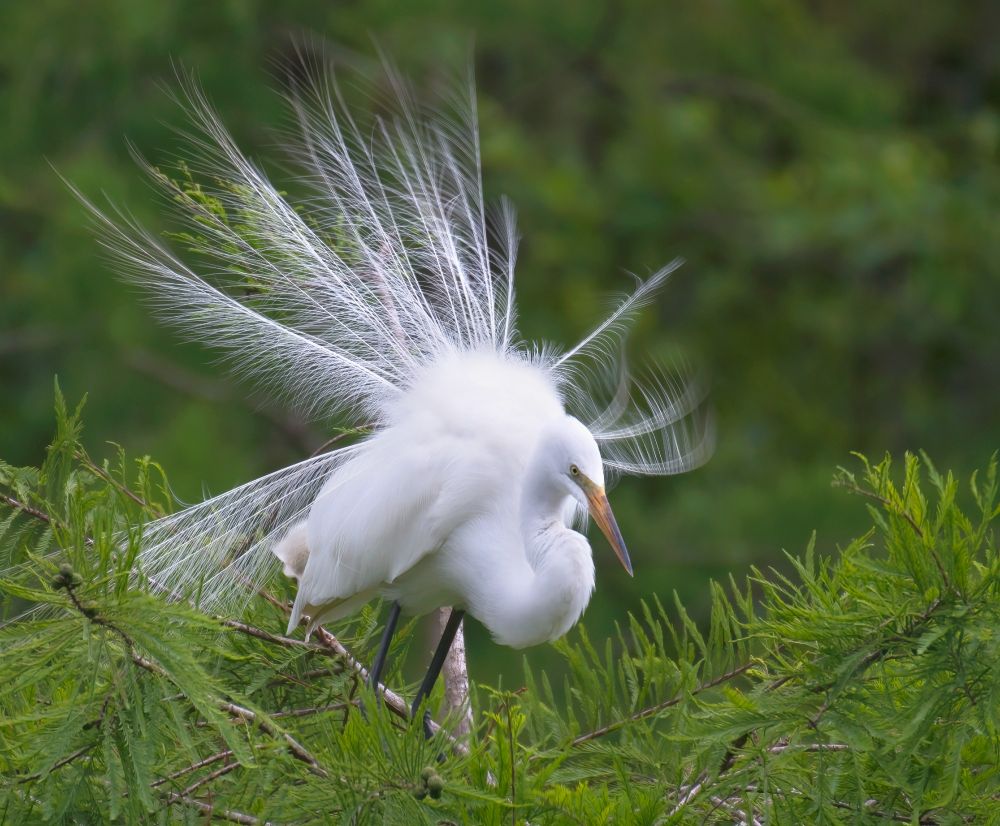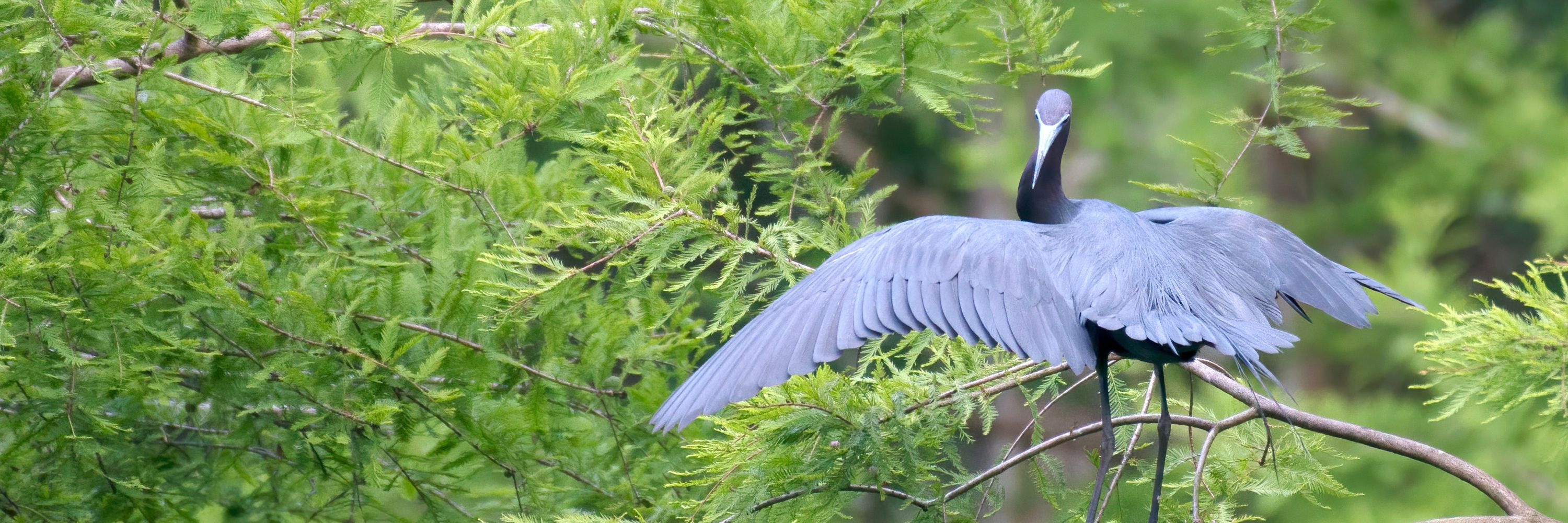
Scientific, one-health and naturalist content.
How does he die at age 114 years?
Hit by a car.
apnews.com/article/olde...

How does he die at age 114 years?
Hit by a car.
apnews.com/article/olde...
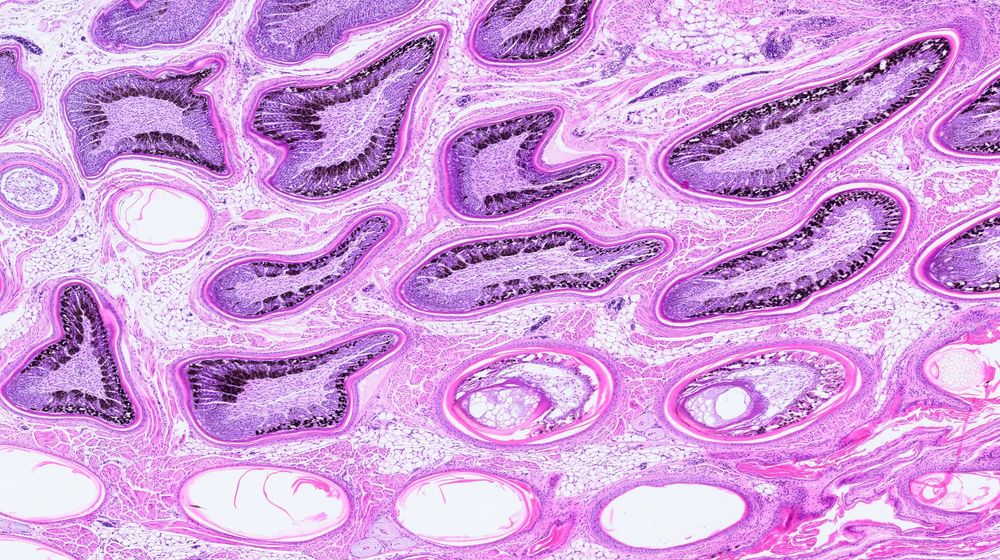
📅 Deadline for slide submission: June 9
🔬 Focus: Gross & histopathology of wildlife cases
📍 Held during the WDA Annual Meeting
#VeterinaryPathology #WildlifeHealth #OneHealth
wda2025.com/event/wda-an...

📅 Deadline for slide submission: June 9
🔬 Focus: Gross & histopathology of wildlife cases
📍 Held during the WDA Annual Meeting
#VeterinaryPathology #WildlifeHealth #OneHealth
wda2025.com/event/wda-an...
www.reuters.com/business/hea...
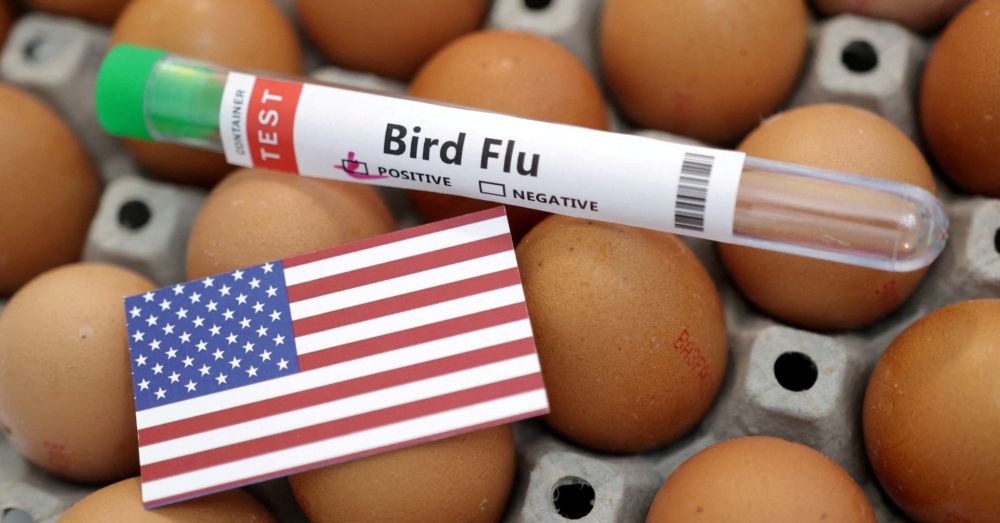
www.reuters.com/business/hea...
Stranded pinnipeds often exhibit listlessness, head bobbing, disorientation and seizures. Mortality rates are estimated to be ~25%
www.fisheries.noaa.gov/feature-stor...
#VetMed #MarineMammal #VetPath
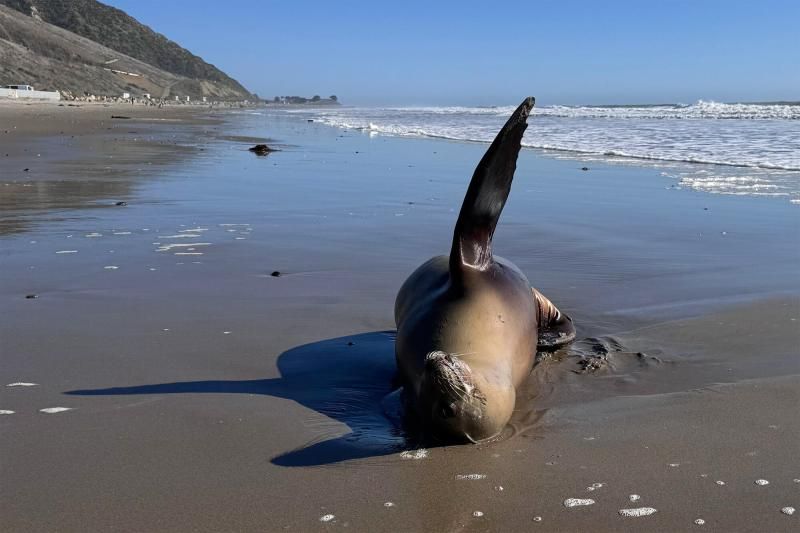
Stranded pinnipeds often exhibit listlessness, head bobbing, disorientation and seizures. Mortality rates are estimated to be ~25%
www.fisheries.noaa.gov/feature-stor...
#VetMed #MarineMammal #VetPath
This is going to cost us a lot more than the money saved. For the price of 38 Abrams tanks, #FAO has gotten a hell of a lot done with support from the U.S.
kbhbradio.com/funding-term...
#VetMed #AnimalHealth #OneHealth
This is going to cost us a lot more than the money saved. For the price of 38 Abrams tanks, #FAO has gotten a hell of a lot done with support from the U.S.
kbhbradio.com/funding-term...
#VetMed #AnimalHealth #OneHealth


#frogs #wildlife
www.americanscientist.org/blog/from-th...
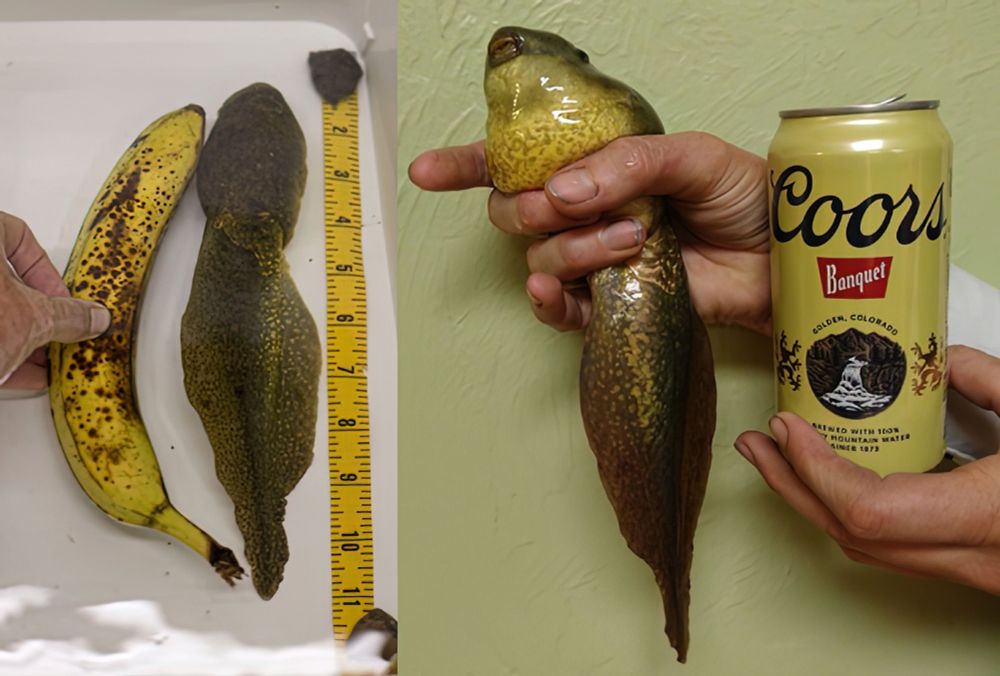
#frogs #wildlife
www.americanscientist.org/blog/from-th...
Or, at least we did. Unfortunately, critical thinking and education, it would seem, are passé.
www.nbcnews.com/health/healt...

Or, at least we did. Unfortunately, critical thinking and education, it would seem, are passé.
www.nbcnews.com/health/healt...
#birds #wildlife #NaturePhotography #Photography
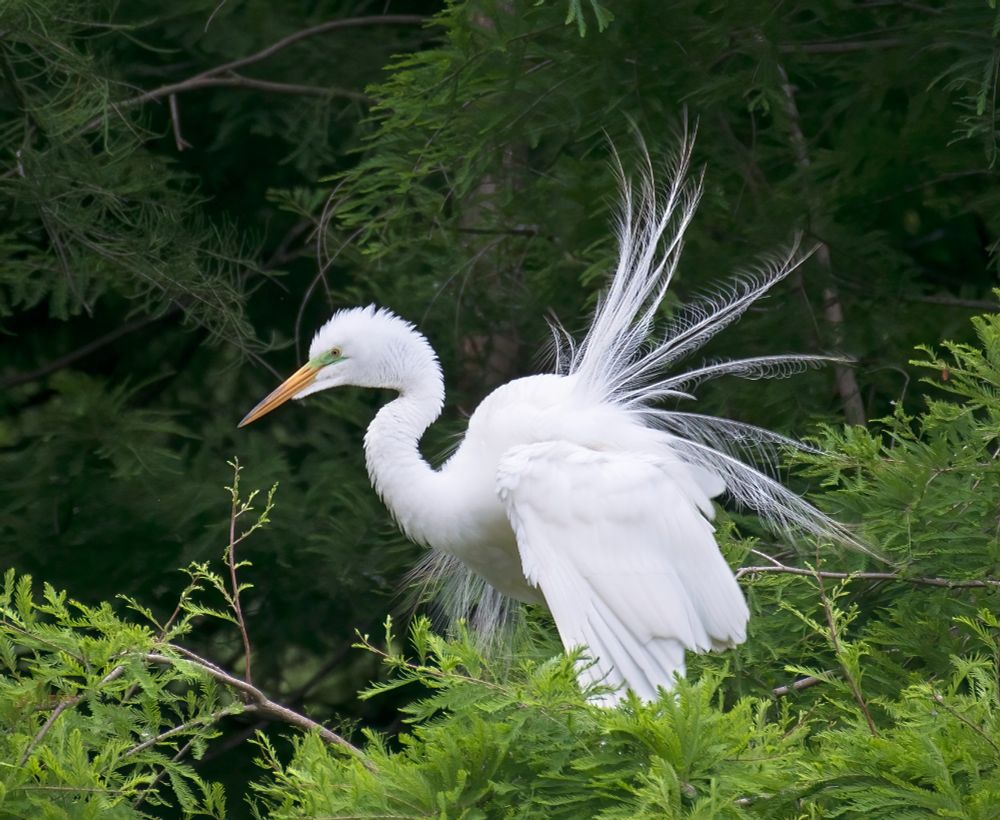
#birds #wildlife #NaturePhotography #Photography
I have suspicions as to pathogenesis, but histo will tell.
9-yo dog. Clinicians susp granulomatous osteomyelitis of lumbar v but no gross lesions were evident.
#pathsky #vetpath #RenalPath
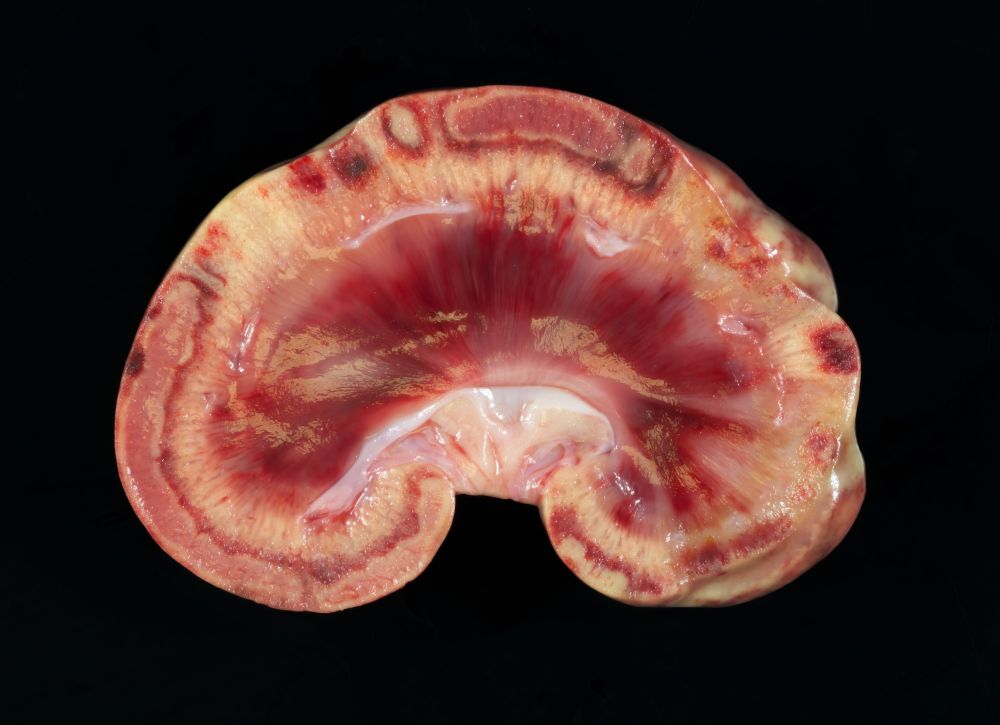
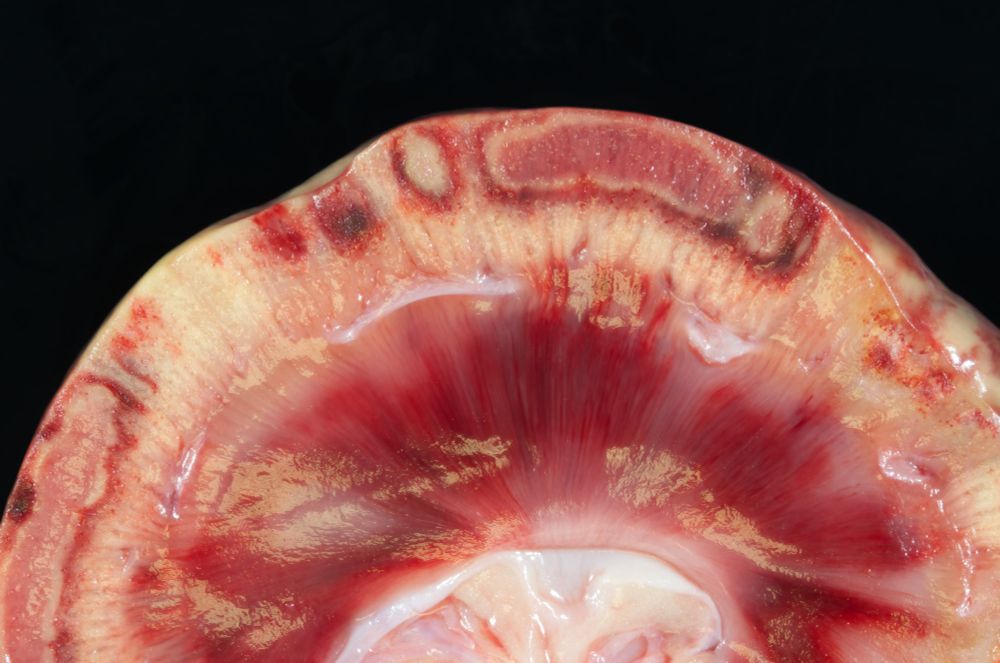
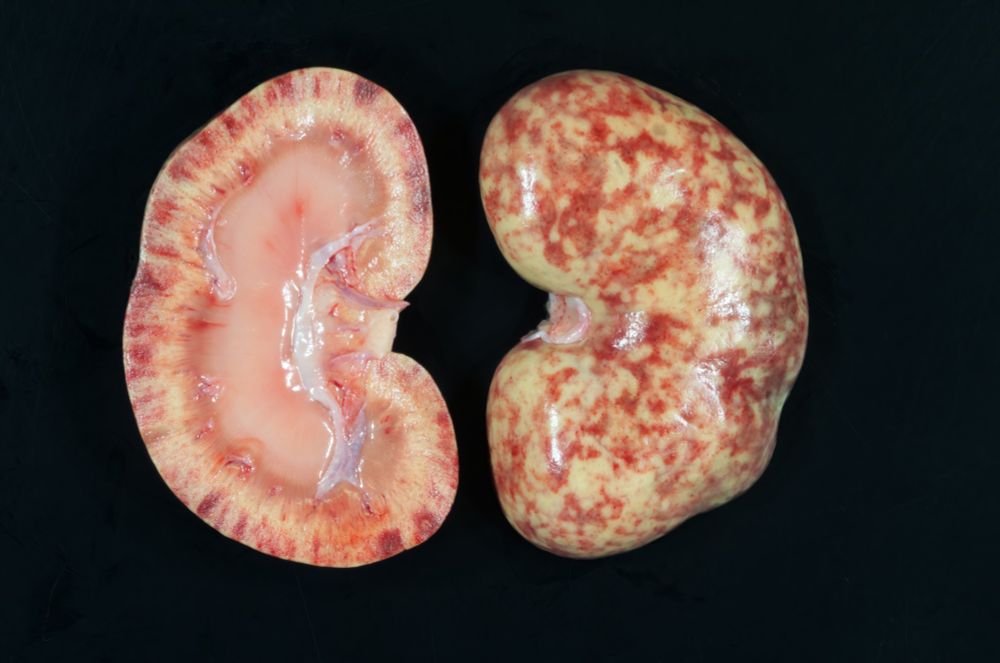
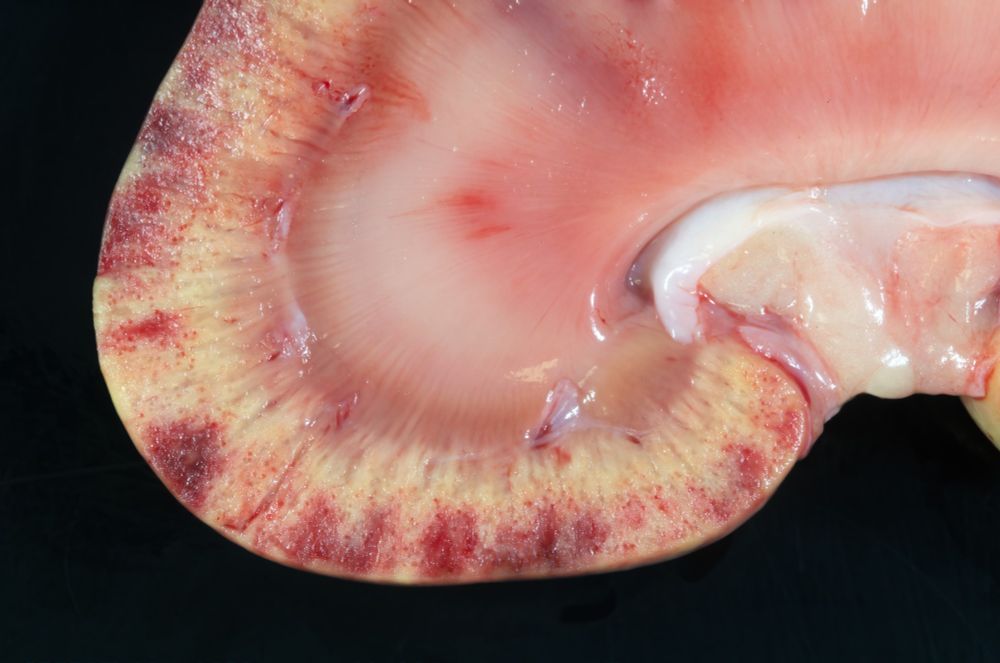
I have suspicions as to pathogenesis, but histo will tell.
9-yo dog. Clinicians susp granulomatous osteomyelitis of lumbar v but no gross lesions were evident.
#pathsky #vetpath #RenalPath
Nature is weird sometimes!
#skypath #vetpath #parasites
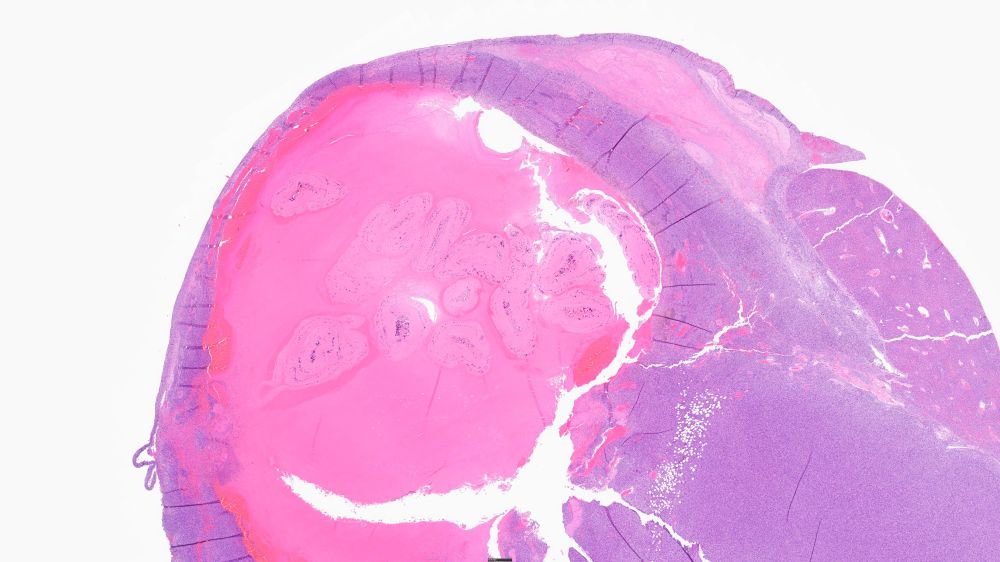
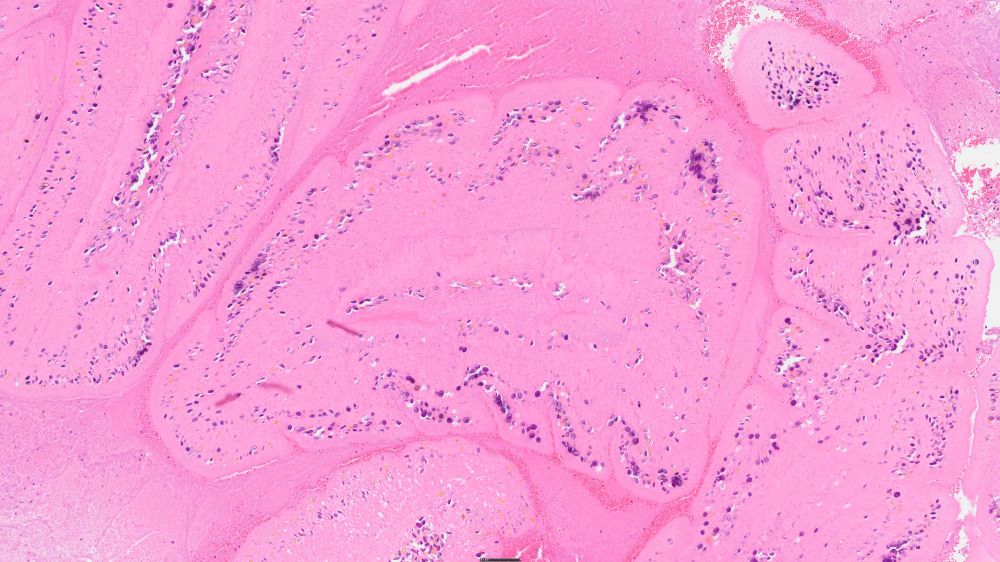
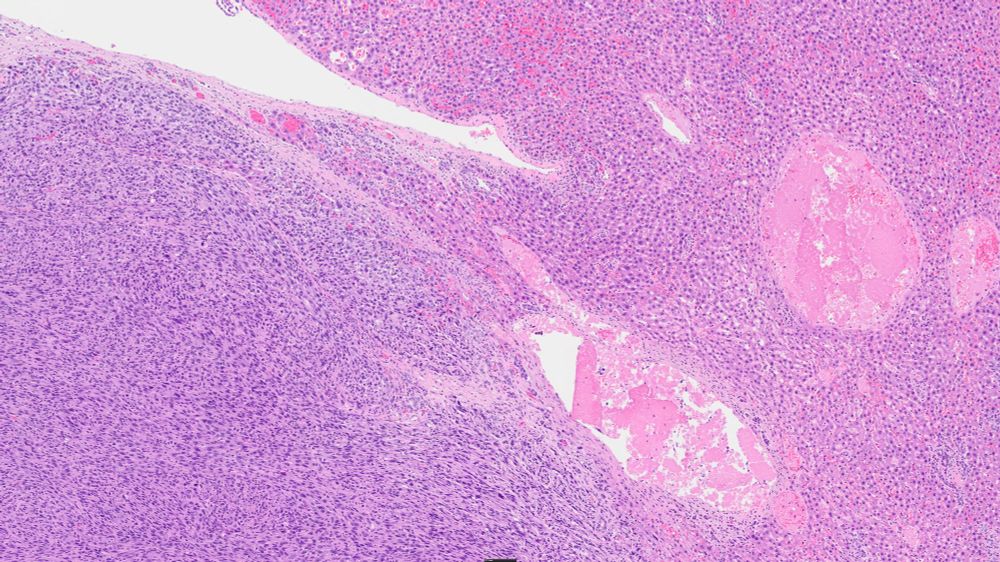
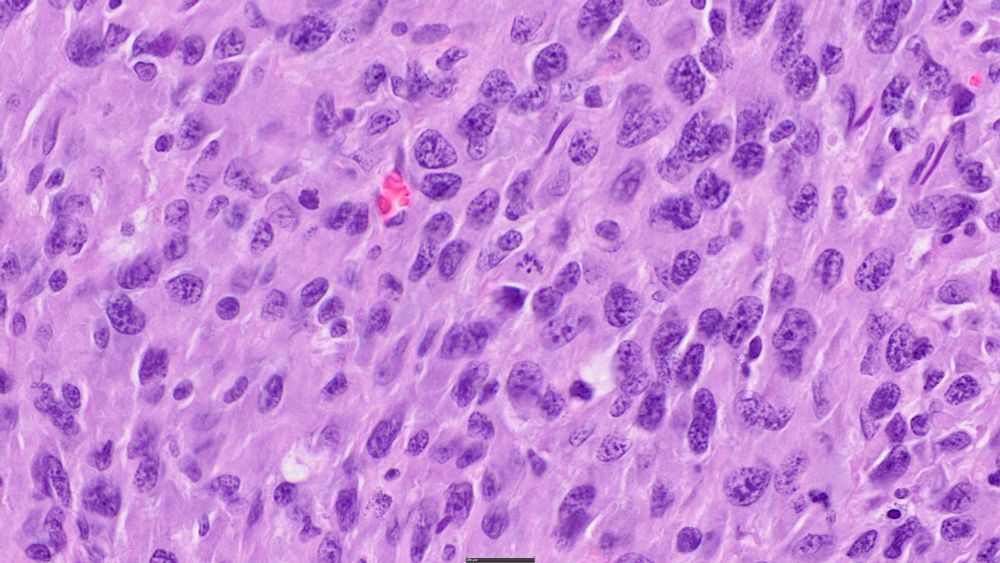
Nature is weird sometimes!
#skypath #vetpath #parasites
This cat will survive. Luckily, he's not likely to seek a career in politics. That was a pretty big hole in his brain!
#VetPath #Histopathology #Parasites
bsky.app/profile/ucpa...
The cat was doing well when discharged 7 days post op.
#VetPath #PathSky #Parasites #Histopathology
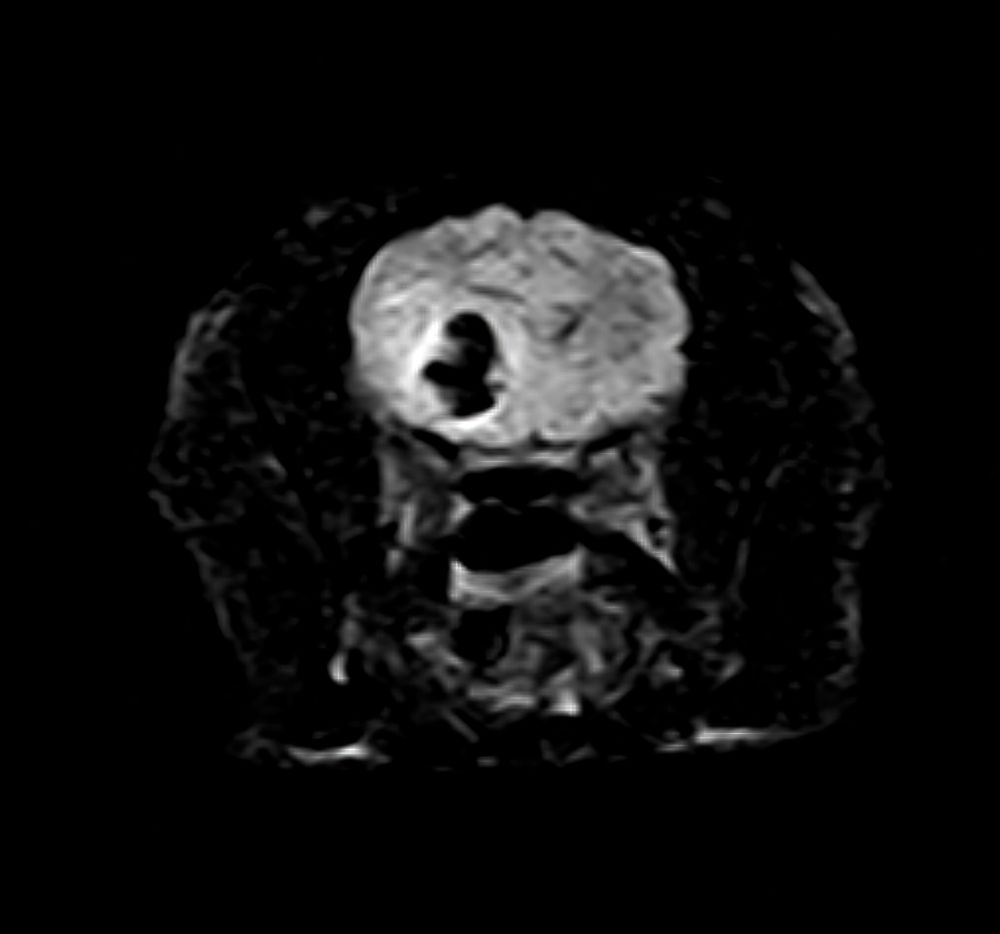
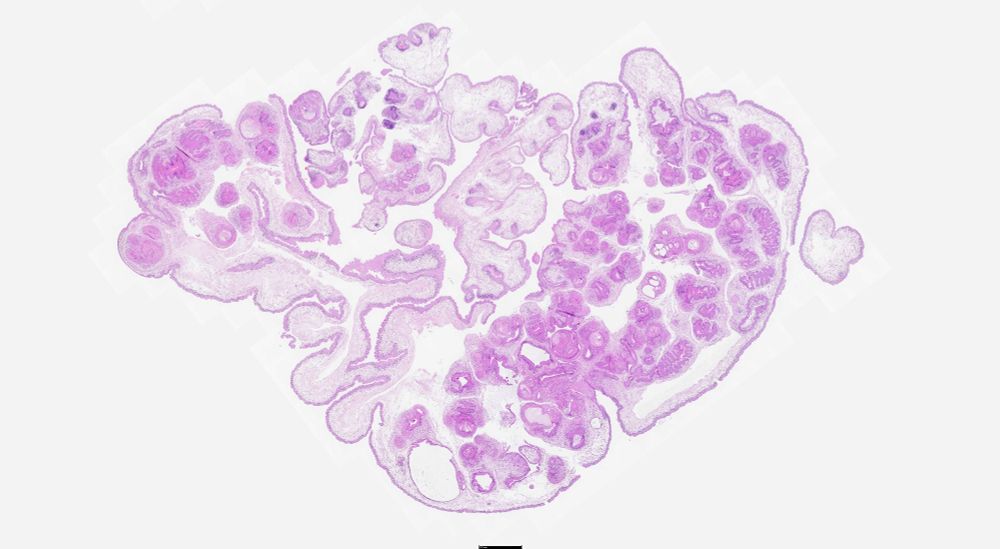
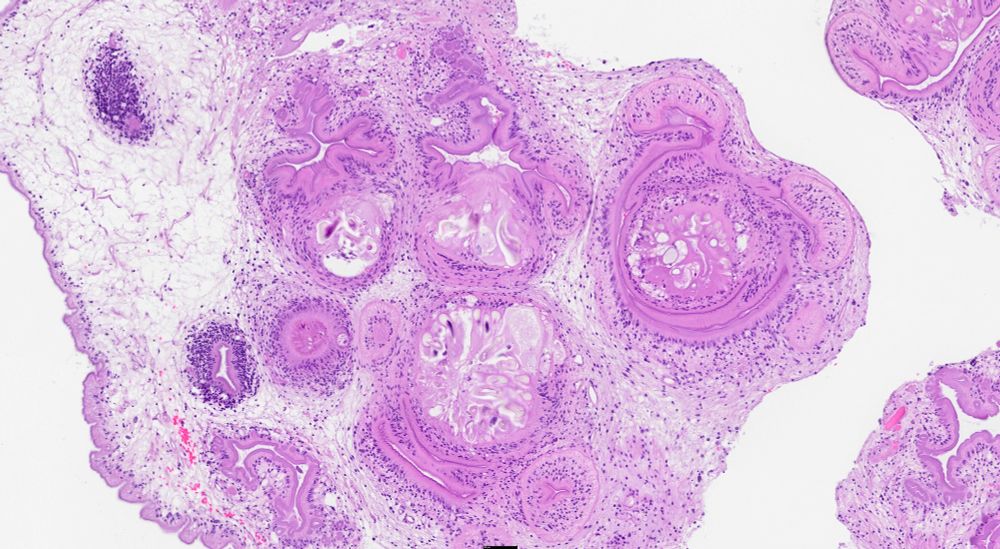
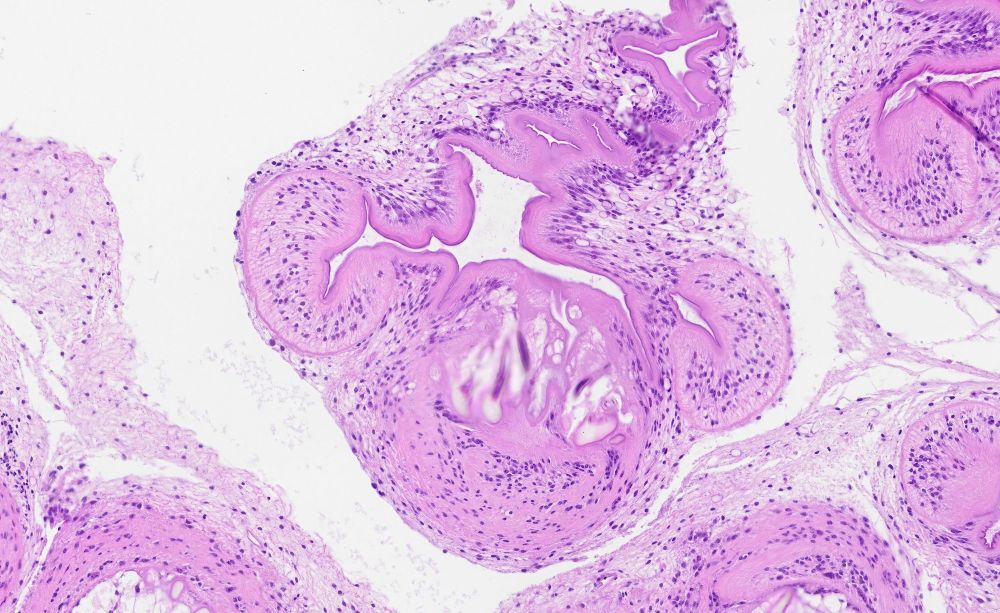
This cat will survive. Luckily, he's not likely to seek a career in politics. That was a pretty big hole in his brain!
#VetPath #Histopathology #Parasites
bsky.app/profile/ucpa...
The cat was doing well when discharged 7 days post op.
#VetPath #PathSky #Parasites #Histopathology




The cat was doing well when discharged 7 days post op.
#VetPath #PathSky #Parasites #Histopathology
I wonder how long before they try to change the name to Quiscalus americanus.
#birds #wildlifephotography #naturephotography
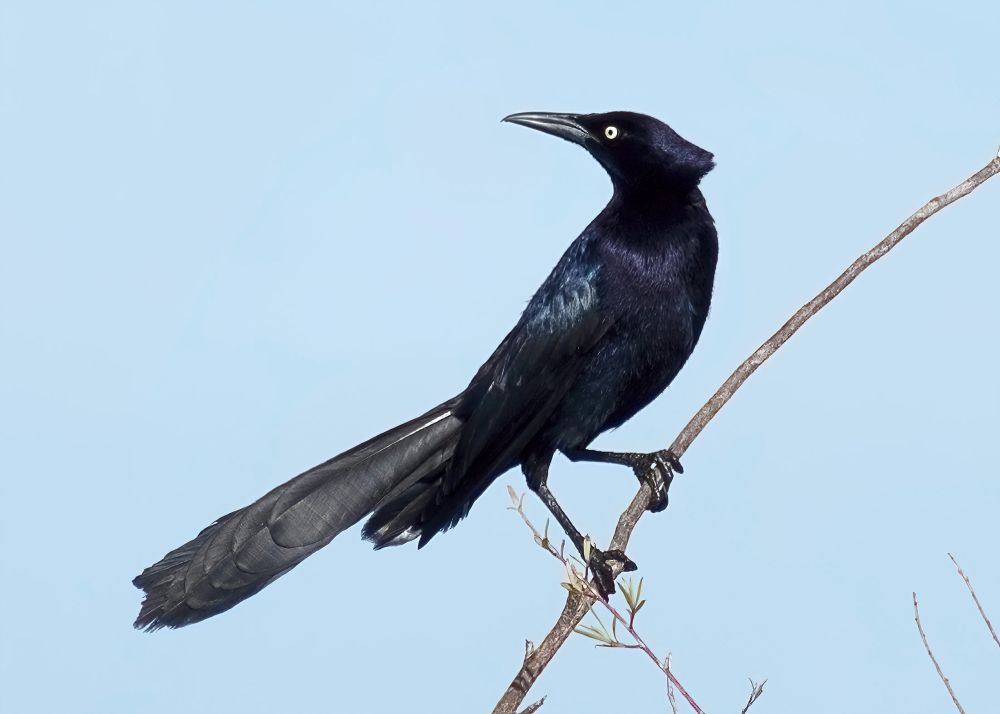
I wonder how long before they try to change the name to Quiscalus americanus.
#birds #wildlifephotography #naturephotography
#pathsky #vetpath #veterinary #tumor #repro
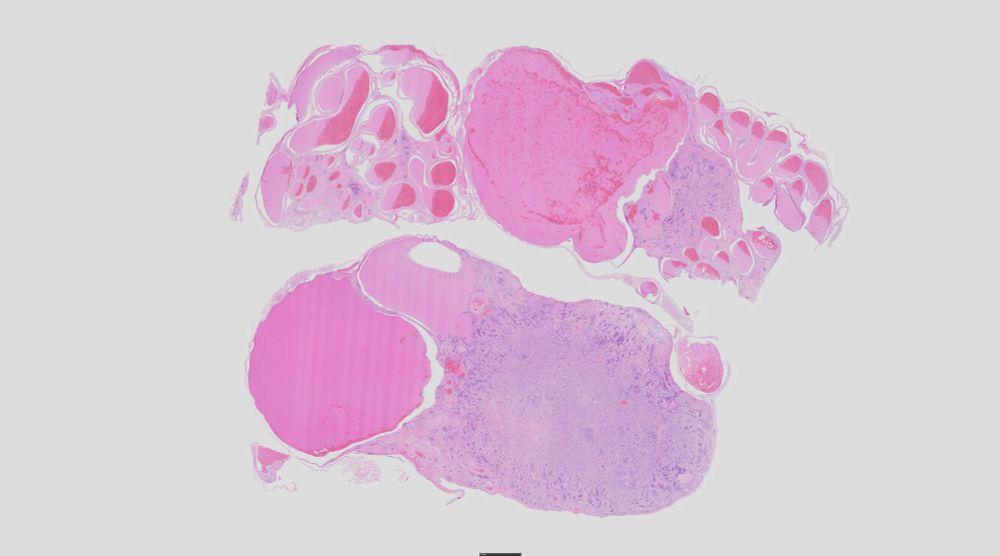
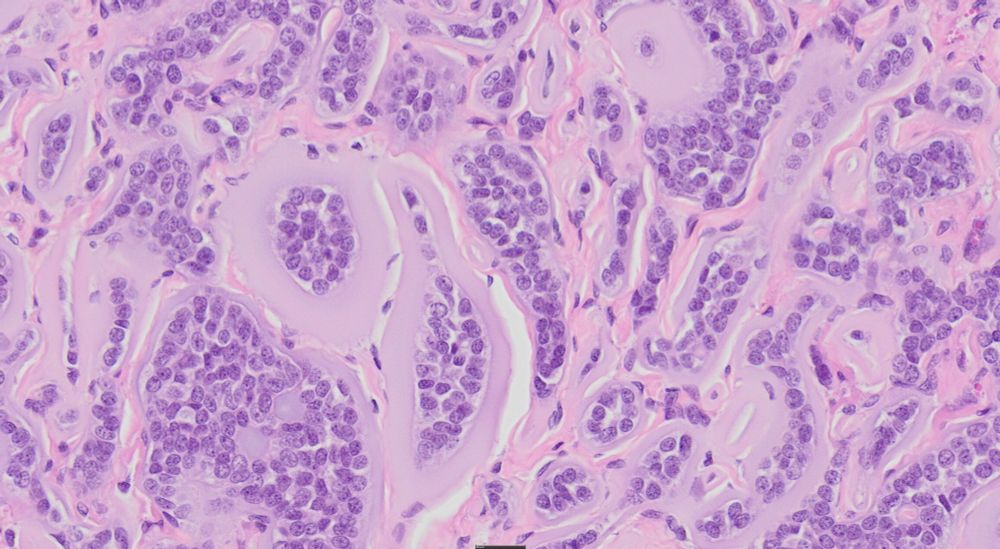
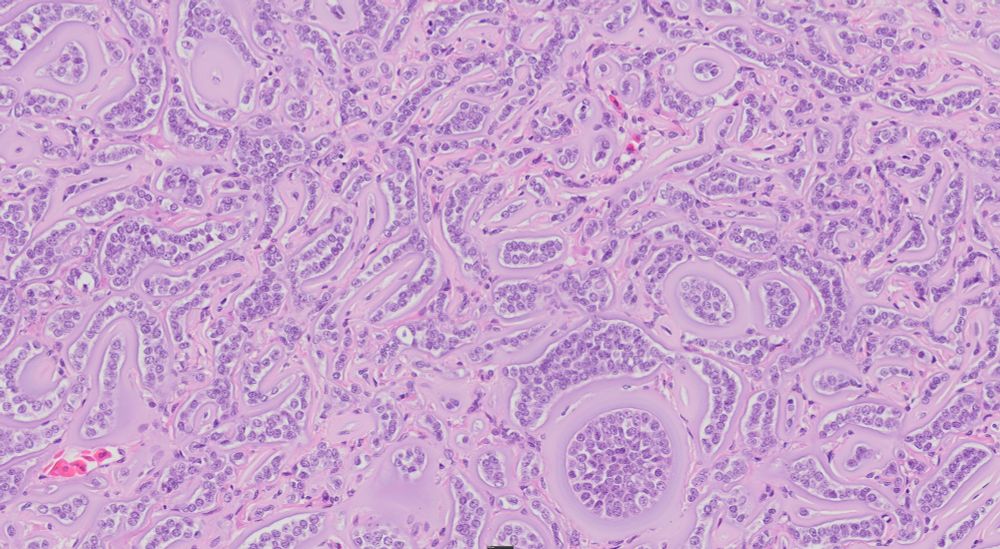
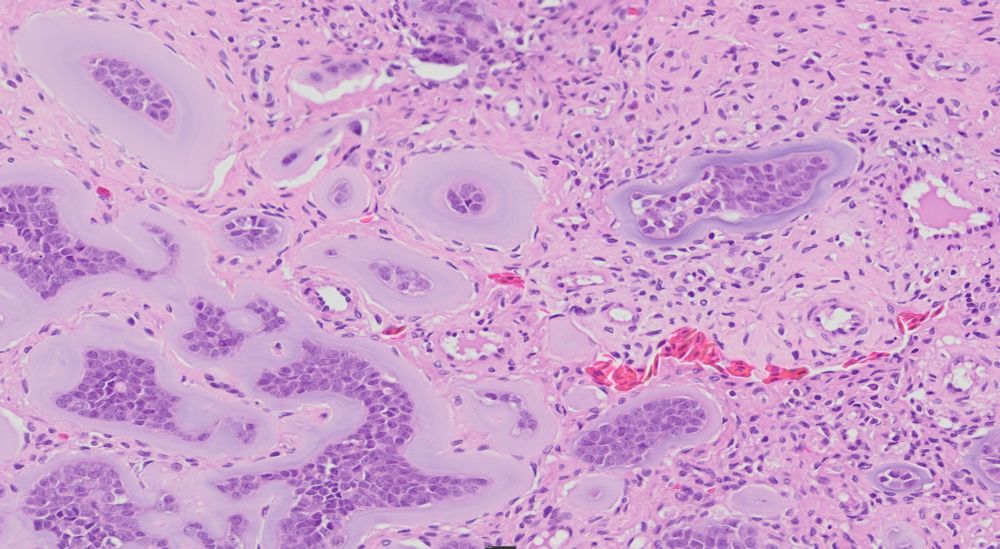
#pathsky #vetpath #veterinary #tumor #repro
#VetPath #AvianDisease #Veterinary #DermPath
#VetPath #AvianDisease #Veterinary #DermPath
#mammals #WildlifePhotography #Nikon #wildlife

#mammals #WildlifePhotography #Nikon #wildlife
#histopath #PathSky #VetPath

#histopath #PathSky #VetPath
onlinelibrary.wiley.com/doi/full/10....

onlinelibrary.wiley.com/doi/full/10....
What are your differential diagnoses for a flock of 20,000 Bovans Brown laying hens that experienced a 2-week period of increasing mortality starting at 54 weeks of age? Full case: doi.org/10.2460/javm...

What are your differential diagnoses for a flock of 20,000 Bovans Brown laying hens that experienced a 2-week period of increasing mortality starting at 54 weeks of age? Full case: doi.org/10.2460/javm...
#veterinary #parasitology #trematode

#veterinary #parasitology #trematode
Lung from a #macaque. What's your dx? The residents hate it when I say, "It's a classic". But it is! 😊
#VetPath #PathSky #lung #parasites




Lung from a #macaque. What's your dx? The residents hate it when I say, "It's a classic". But it is! 😊
#VetPath #PathSky #lung #parasites


